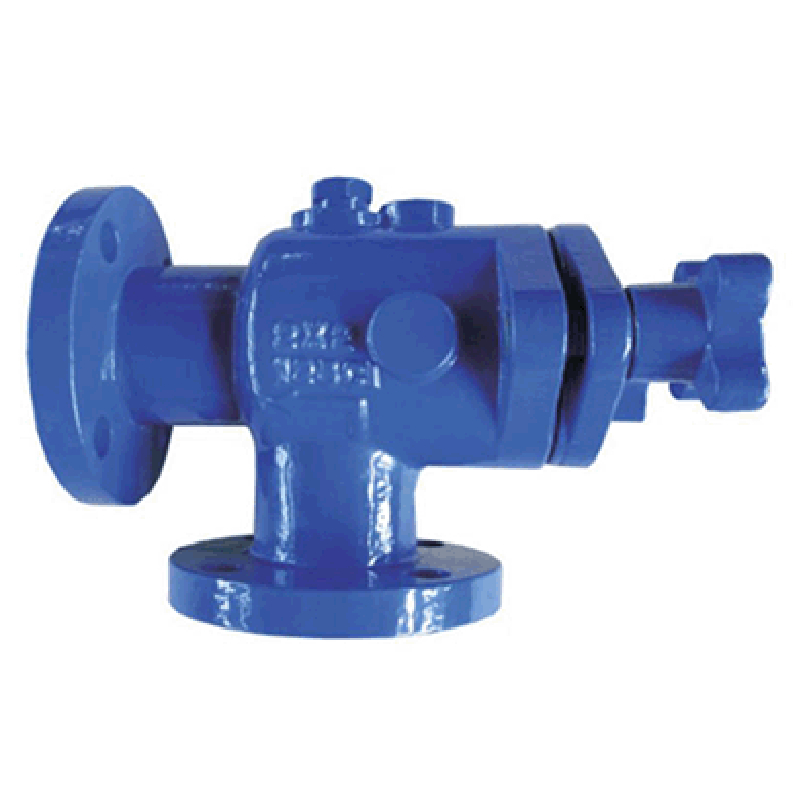Nov . 18, 2024 04:23 Back to list
flange type silent check valve
Flange Type Silent Check Valve An Overview
In industrial applications, fluid control is paramount, and one essential component that plays a crucial role in this is the check valve. Among various types of check valves, the flange type silent check valve is particularly favored for its efficiency and effectiveness. Understanding its design, functionality, applications, and advantages can help industries choose the right equipment for their needs.
What is a Flange Type Silent Check Valve?
A flange type silent check valve is a type of valve that allows fluid to flow in one direction while preventing backflow. It is characterized by its installation method, which uses flanges for mounting, making it suitable for various piping systems. The 'silent' feature refers to the valve's operation, which minimizes noise during its functioning, a significant advantage in settings where noise reduction is essential.
Design and Construction
The flange type silent check valve typically consists of several key components the valve body, a disc (also known as the hinge), a spring, and flanges
. The valve body is usually made from durable materials such as stainless steel, cast iron, or bronze, ensuring longevity and resistance to corrosion. The disc is designed to open under the pressure of the flow and closes when the flow reverses, effectively preventing backflow.The flanges on either end of the valve are integrally designed to allow for easy installation onto pipe systems. This design facilitates a secure connection that minimizes the risk of leaks. Additionally, the silent check mechanism—often a spring-assisted disc—enables smoother operation, ensuring that the valve closes gently without creating a water hammer effect, which can lead to system damage over time.
Functionality
flange type silent check valve

The primary function of the flange type silent check valve is to maintain the directional flow of fluids within a pipeline. When fluid moves through the valve in the intended direction, the disc opens, allowing unrestricted flow. However, if there is a decrease in pressure or a reversal of flow, the disc swiftly closes, preventing backflow. This action is crucial for protecting pumps, compressors, and other equipment from potential damage caused by reverse flow.
Applications
Flange type silent check valves are widely used in various industries, including water treatment plants, sewage systems, petrochemical facilities, and HVAC systems. In water treatment, for instance, these valves help maintain the integrity of the water supply by preventing contamination from backflow. In industrial settings, they protect equipment from damage due to unintended flow reversals, ensuring efficient and reliable operations.
Advantages
One of the significant advantages of flange type silent check valves is their noise reduction capability. Unlike traditional check valves that often create loud noises when they open and close, silent check valves offer a quieter operation, making them ideal for residential areas or sensitive environments. Additionally, their robust construction and durability reduce maintenance costs and prolong the lifespan of the piping system.
Moreover, the ease of installation provided by flanged connections allows for quick and straightforward assembly, which can reduce downtime during maintenance and repairs. Their ability to prevent water hammer further enhances their operational reliability, making them a smart choice for various fluid handling applications.
Conclusion
In summary, the flange type silent check valve is an essential component in fluid control systems. Its effective design, functionality, and noise reduction capabilities make it a preferred choice across multiple industries. By understanding the benefits and applications of these valves, businesses can make informed decisions that enhance both operational efficiency and system longevity. As industries continue to seek effective solutions for fluid management, the flange type silent check valve remains a critical player in meeting these demands.
Share
-
Reliable Wafer Type Butterfly Valves for Every IndustryNewsJul.25,2025
-
Reliable Flow Control Begins with the Right Ball Check ValveNewsJul.25,2025
-
Precision Flow Control Starts with Quality ValvesNewsJul.25,2025
-
Industrial Flow Control ReliabilityNewsJul.25,2025
-
Engineered for Efficiency Gate Valves That Power Industrial PerformanceNewsJul.25,2025
-
Empowering Infrastructure Through Quality ManufacturingNewsJul.25,2025